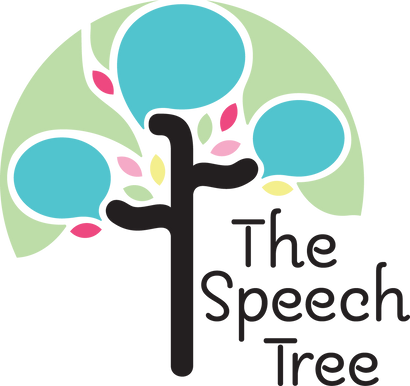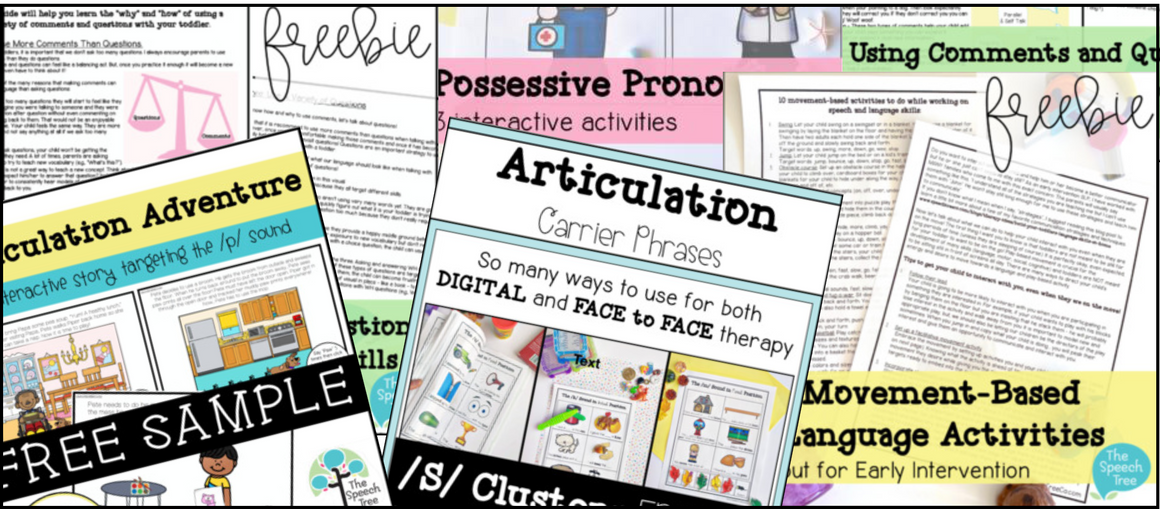HOW to teach basic concepts

Basic Concepts
If you are not yet familiar with what basic concepts are and why they are important, be sure to check out THIS BLOG POST.
Below you will find 3 groups of basic concepts that are often targeted in speech therapy.
Temporal Concepts
Temporal concepts are those related to time: before, after, first, next, last, during, while, etc.
Check out this Temporal Concepts Task Box which comes with visuals and activities to teach and practice temporal concepts.
Qualitative Concepts & Characteristics
This category is broad and covers a wide variety of basic concepts.
Sizes, textures, and colors are just a few examples of concepts that fall under this category.
Other targets include: hot/cold, fast/slow, wet/dry, same/different, hard/soft, full/empty.
Spatial Concepts
Spatial concepts are those related to location: up, down, middle, over, inside, between, under, etc.
Check out this Spatial Concepts Task Box which comes with visuals and activities to teach and practice spatial concepts.
General tips for teaching basic concepts:
I like to introduce one concept (or one pair of concepts) at a time and teach them systematically. By "pair of concepts" I mean opposite pairs.
Basic concepts are often found in the form of opposites: hot/cold, wet/dry, fast/slow, etc. and teaching them in these pairs can facilitate a better understanding. For example, it is hard to fully understand the meaning of "fast" without understanding the meaning of "slow".
As with teaching most language skills, visuals are your friend! The exact visual you are using doesn't matter as much as you being consistent. You can draw a meaningful graphic on a piece of paper or use a colorful, laminated visual from TPT. Both will help the child learn the new concept as long as the visual is meaningful to them and you are using it consistently (don't change up the visual each time).
Another important consideration is the context in which you are teaching the new concept. You want to teach new basic concepts during familiar activities in order to reduce the cognitive load.
For example, you don't want to teach a new concept with a new toy they have never seen before. If you do, they will be trying to learn the new concept, new vocabulary related to the toy, and new play routines all at once!
Choose an activity that the child enjoys and is familiar with. Work on one concept (or one pair of concepts) with that activity. Once they show an understanding of the concept, you can switch to different, less familiar contexts. Eventually, you can start to add in more basic concepts gradually increasing the level of difficulty.
Activity Ideas:
- Mystery boxes: This activity is great for working on qualitative concepts. Place items from around the home in a box or bag. Be strategic about the items you put in the bag. For example, if you are working on hard/soft you might put a sock, teddybear, book, and cup into the bag.
Let the child pull one object out at a time and sort into piles based on the opposite pairs.
The mystery component keeps children engaged in this activity!
- Books and Songs: Books and songs geared toward preschoolers are LOADED with basic concepts. Singing and reading with your child every single day is an excellent way to help them develop a knowledge of basic concepts.
- Obstacle Courses: This activity is great for working on spatial concepts and qualitative concepts related to movement. Place some pillows, blankets, chairs, etc. in a hallway or throughout your therapy room. Encourage the child to go through the obstacle course by giving them instructions that include basic concepts. Example spatial concepts: up the stairs, around the chair, under the blanket, over the pillow.
This activity is also great for working on the concepts: fast/slow and stop/go - Stamps: Stamps can be used to work on temporal, qualitative, AND spatial concepts. For example,
Spatial: Print out a black and white picture coloring scene. Give your student instructions on WHERE to stamp (including spatial terms of course)
Temporal: give your students a blank piece of paper and a few stamps. Help them follow instructions such as: stamp the blue BEFORE the pink. FIRST stamp the blue THEN stamp the pink, etc.
Qualitative: draw two squares on a piece of paper to represent boxes. Have your student put a lot of stamps in one box and no stamps in the other. One box is FULL, one box is EMPTY. Give your student stamps with a variety of colors and patterns to target these concepts. Give your student stamps of different sizes to work on big/huge/little/small/etc. - Ball poppers & Balloon pumps: These are great for working on spatial concepts. Pop the ball popper or blow up the balloon and let it fly! Then, talk about WHERE the ball or balloon landed (on the bookcase, next to the desk, behind the door, etc.).
- Mini Objects: If you have a variety of mini objects, you can easily use them to work on a variety of basic concepts. Talk about the objects' characteristics, put them in a dollhouse while working on spatial and temporal concepts, give them a bath while working on wet/dry, and so much more!
Shop mini objects HERE. - Wind up toys: These are great for working on movement concepts: fast/slow, stop/go.
Leave a comment
Comments will be approved before showing up.




